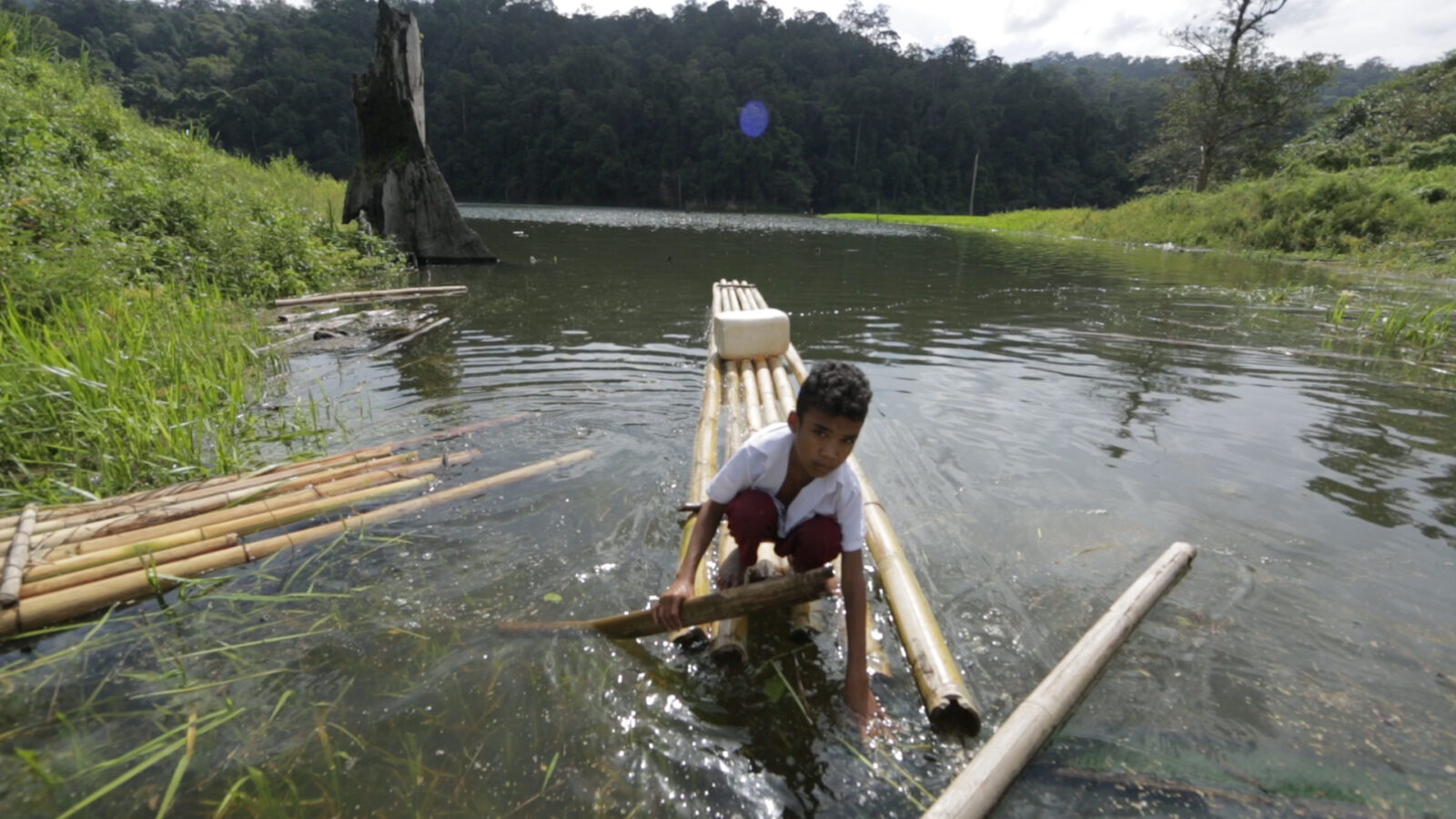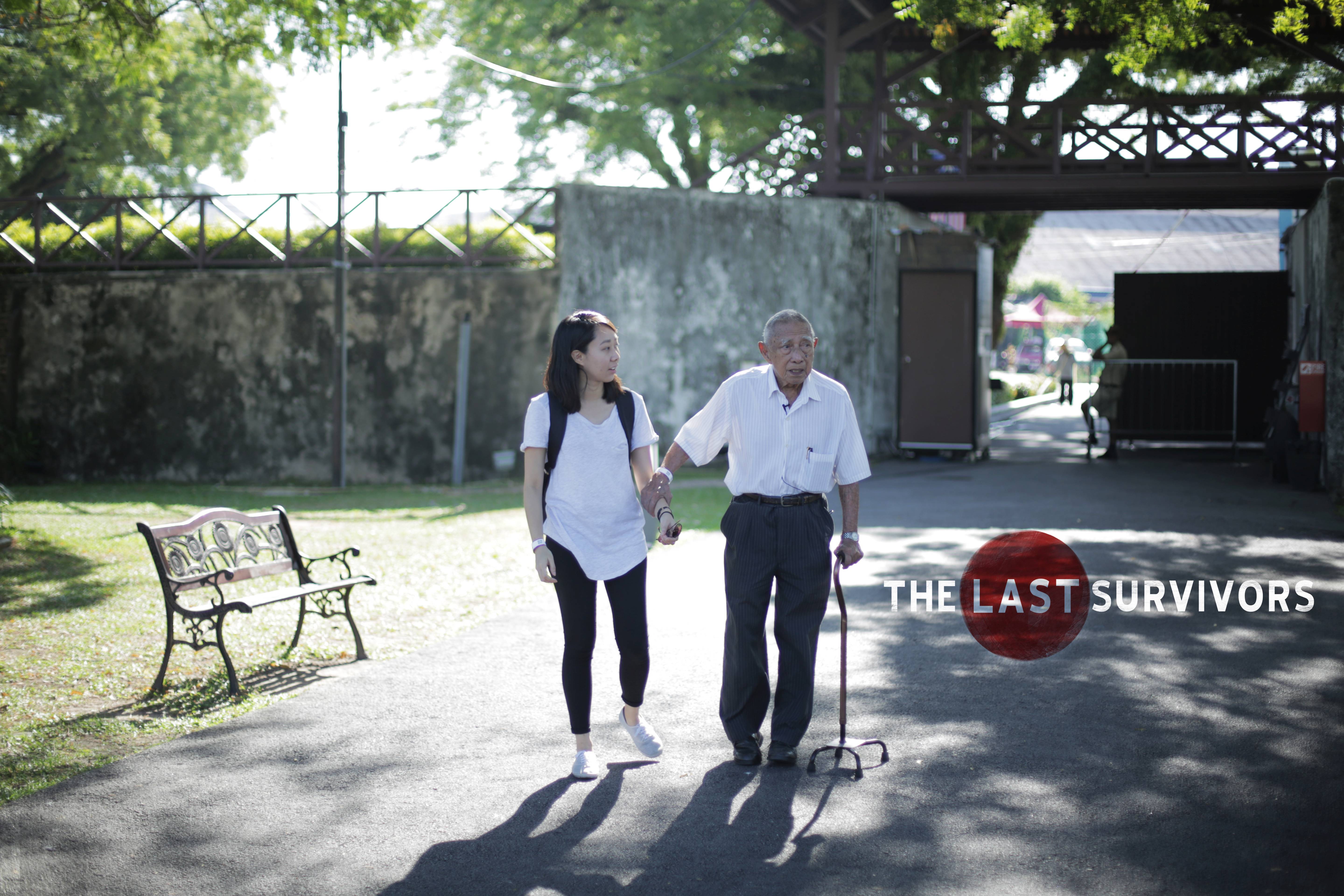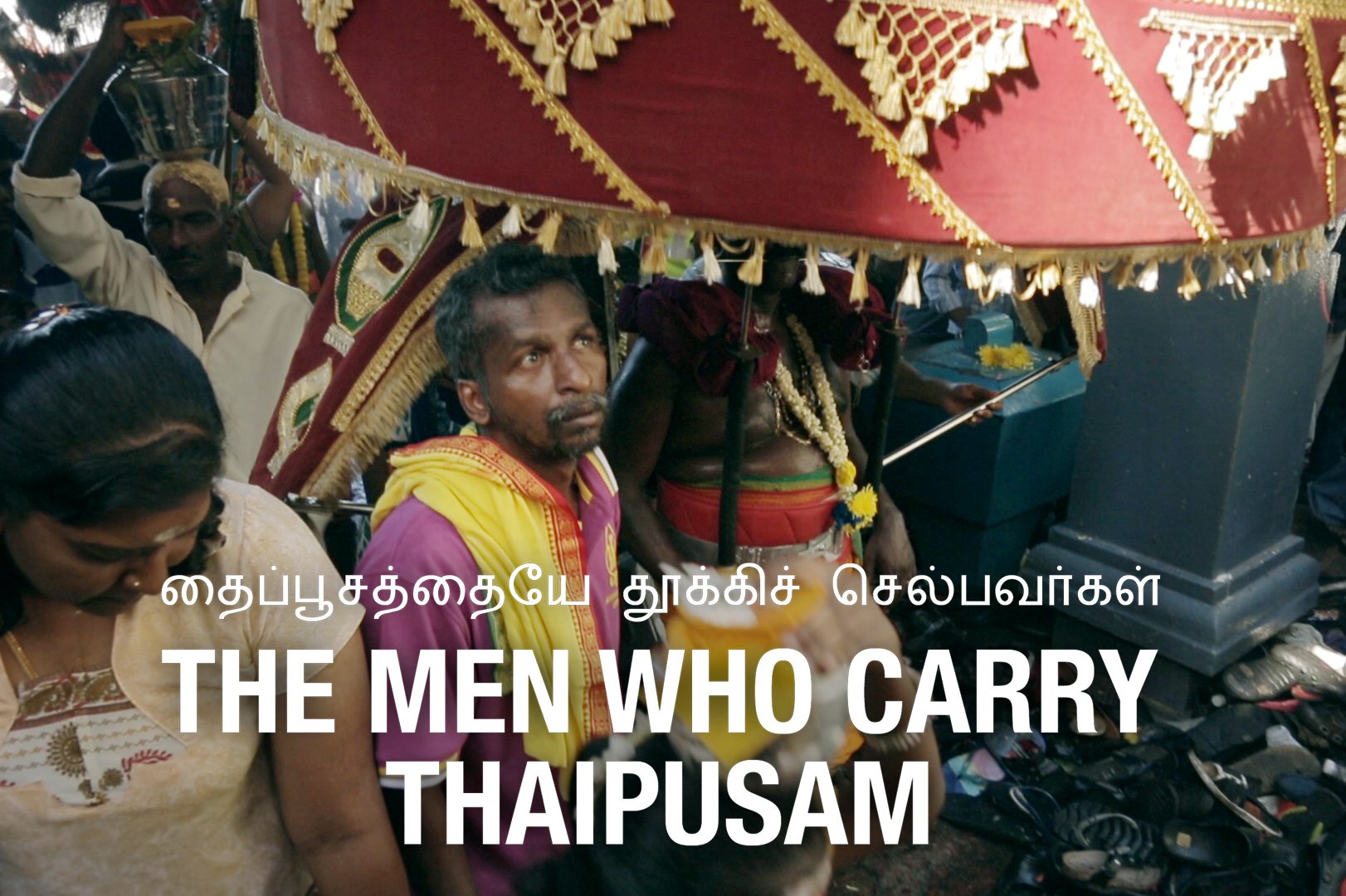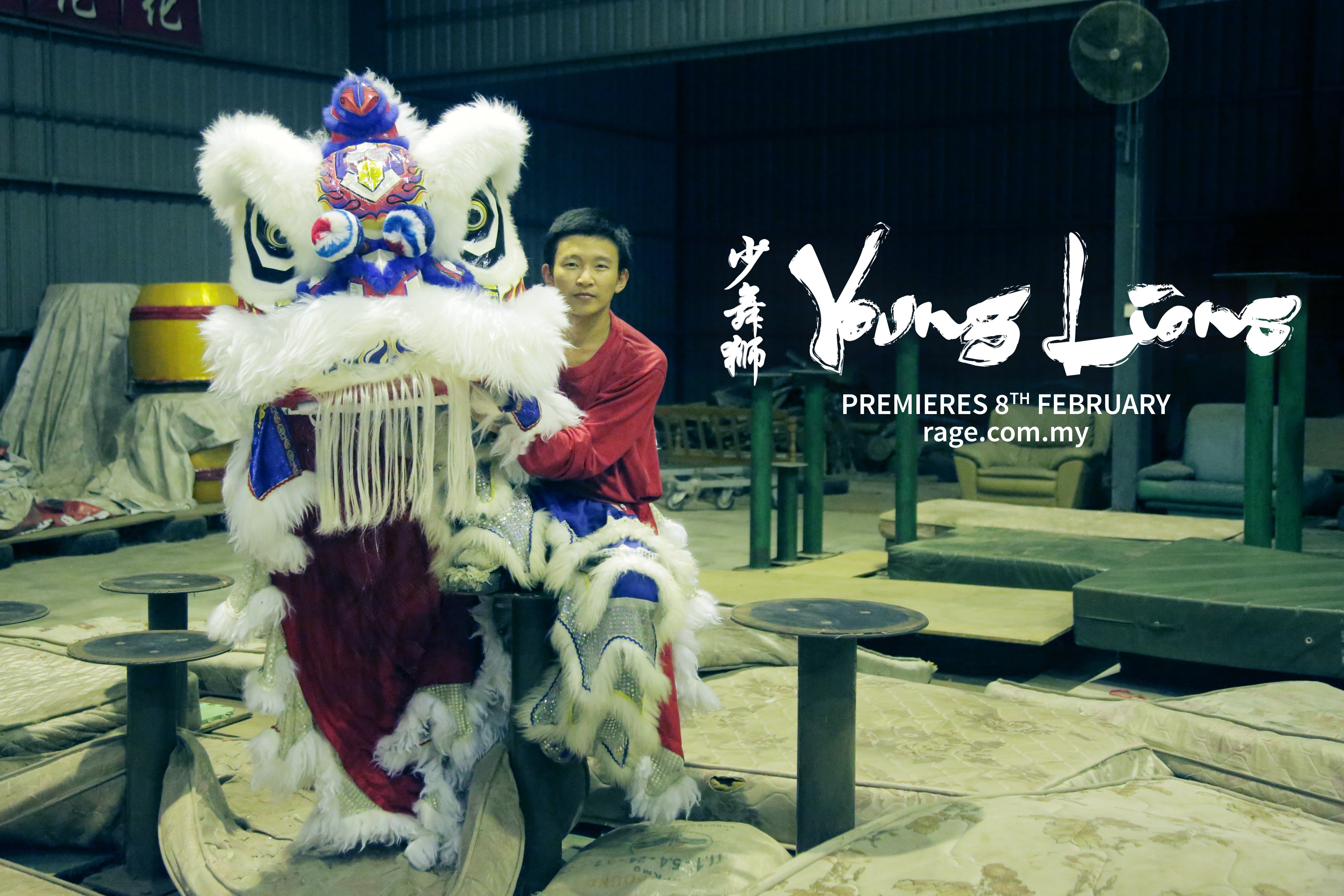By ELROI YEE, MARYAM ZAINOL, SHANJEEV REDDY and LIM MAY LEE
alltherage@thestar.com.my
“HURRY up and gather everyone, there are important people here who want to see you,” said a young doctor, snapping his fingers at Kurup.
We were in front of Kurup’s house, along the Sungai Kejar in the Royal Belum State Park. Kurup is the orang asli man who lost his granddaughter Malini to sickness last month. We were there the morning the young girl passed away, and later witnessed the burial rituals.
Malini’s death, along with the accounts of many more child deaths from an illness known to locals as serawan, were documented in a report by R.AGE on the plight of the orang asli in Sungai Kejar.
The report prompted a swift response from the Perak state government, which set up a task force led by state health department chairman Datuk Dr Mah Hang Soon to investigate the alleged deaths.
Dr Mah headed a “fact-finding mission” on Wednesday, where he brought a group of 40 people, which included members of the health department, the Orang Asli Development Department (Jakoa), the Perak State Park Corporation and Temenggor assemblywoman Salbiah Mohamed. A large contingent of journalists were invited as well.
The task force’s only stop was Kampung Bunga Hilir, the village of Bain, a community leader in Sungai Kejar who claimed to have lost five children to serawan. He wasn’t home. We were told he had gone to Gerik town.
While the task force went on a tour of the village’s facilities along with the other members of the media, we set off to find Kurup, who we’ve come to see as a friend after spending four days living in the village during our last visit.

The medical team on the way to Sungai Kejar for the fact-finding mission to verify the claims of the serawan disease. — Photo by: ELROI YEE/The Star
For some reason, the young doctor followed us and interrupted our conversation with Kurup. There was no malice in the young doctor’s voice. He was firm, exercising authority.
But still, we found ourselves staring at our feet, embarrassed. We felt like we had brought an unwanted guest to a private party. Our senior producer’s indignation was evident in the set of his jaw.
As we crossed a small stream to rejoin the fact-finding mission, we were silent save for one pointed question: “How long have you worked here, doctor?”
A good start
Upon rejoining the entourage, we found Dr Mah and Salbiah getting ready to address around 20 orang asli who had been gathered together.
After the formal pleasantries, Dr Mah cut to the chase. “Is there anyone here who has the disease serawan?” he asked. The orang asli said no.
While the photographers snapped away, one young Jahai man took charge of the conversation, explaining that he was pleased with the health services provided by the authorities.

Datuk Dr Mah Hang Soon hopes the relevant agencies can work together to address the issues among the orang asli in the area. — Photo by: RONNIE CHIN/The Star
“I always consult the doctors when they come to visit,” he said. “We used to be afraid of them, but now we’re ok.”
Salbiah advised the others to follow his example, and the task force moved on to other matters.
Seated quietly beside that young Jahai man was a man we interviewed for our earlier report, during which he told us his entire village does not accept modern medicine because they believe doctors harvest organs from orang asli corpses.
After 45 minutes, the fact-finding mission was complete. The group had visited one of seven settlements in Sungai Kejar, and we were back in Gerik in time for lunch. On the boat ride back, we stopped outside a few other villages, but we never got off our boats.
Then came the press conference.
“According to our research, and the investigations of a paediatrician from Ipoh, we have found that serawan is not a mystery illness. Actually, it is herpangina,” said Dr Mah during the press conference.
He did not elaborate on the diagnosis, but later told R.AGE it was an “educated guess” based on descriptions of the symptoms given by family members of a victim said to have died from serawan.
The descriptions were then passed on to the paediatrician, who speculated that it could be herpangina, a viral infection that causes painful blisters in the mouth, but is almost never fatal.

Datuk Mah Hang Soon declaring the statistic of children mortality of orang asli at Kampung Sungai Kejar. — Photo by: RONNIE CHIN/The Star
Dr Mah’s statements during the press conference, however, was enough for one local news portal to state that the state health department had “debunked” claims of a mysterious illness.
What that local news portal failed to include in its report is that the young Jahai man who spoke at the gathering also said serawan strikes when there is haze, and that it can be so bad those suffering from it can’t eat or drink.
So they do suffer from a disease (or diseases) which they call serawan, and they insist it can be fatal – we just don’t know what it is in modern medical terms.
We pressed the task force for mortality numbers in the Sungai Kejar area, as we felt this was what the investigation should focus on moving forward.
Jakoa and the health department both reiterated the official statistics shared with us when we approached them for comment before our initial report was released. Zero deaths since 2013, even after our report showed clear evidence of two deaths this year alone, and oral accounts of many more.
The health department monitors deaths of those aged five and below, while Jakoa monitors the rest.
“When newborn infants die in Sungai Kejar, the orang asli community often arranges the burial without informing us,” said assistant district officer Zakaria Mohd Nor.
At this point, Dr Mah interrupted him, telling him not to speculate. Zakariah persisted in trying to make his point, but Dr Mah would have none of it.
Dr Mah conceded that there is a problem in keeping “100% sure” statistics of the orang asli population, as they are semi-nomadic and sometimes choose not to come forward to report deaths in their settlements.
Dr Colin Nicholas, an activist with the Center for Orang Asli Concerns (COAC), said those who work with the orang asli need to understand their nature.
“Their initial instinct to anything is to flee. Authorities working with them need to recognise this. The method of approach is very important if they want a long-lasting relationship with the orang asli,” said Dr Colin.
He added that the task force’s approach of bringing such a large group of people to the village for just 45 minutes could have appeared “very condescending” to the orang asli.
Encouragingly, Dr Mah echoed Dr Colin’s sentiments on engaging the orang asli community. “If you really approach and talk to them, you can build trust. Engagement is the answer, and from there we can move forward,” he said.

Datuk Mah Hang Soon mingling with the Jahai tribe at Kampung Sungai Kejar. — Photo by: RONNIE CHIN/The Star
He also promised to bring all the relevant agencies together, namely Jakoa, the health department and the Perak State Parks Corporation, to formulate a solution for the Sungai Kejar community.
Some of the approaches mooted during the press conference include educating the orang asli on hygiene and sanitation, as well as creating a mechanism to keep track of the orang asli population.
Universiti Malaya anthropologist Kamal Solhaimi Fadzil, who has researched orang asli communities in the Belum-Temenggor forest for years, expressed hope.
“For the task force to spend 45 minutes there is a good start. Let’s hope the medical team that goes to the field will also proactively interact with the different settlements there with the purpose of learning and understanding these villagers better, so that their services can better serve the community,” said Kamal.
Worlds apart
“How long have you worked here, doctor?”
“Three years,” he said. We were riding on a makeshift raft, crossing a small stream to rejoin the fact-finding mission.
“Your first posting? Second posting?”
“I don’t understand. I’m posted here until I request for a transfer.”
Perhaps our stance towards him softened after that. Here was a young, educated man who could have angled for a more comfortable posting, taking the stream less traveled instead.
He and other doctors like him make fortnightly trips into orang asli communities to offer medical services, yet sometimes face rejection from the very people they try to help. It is a complicated situation, and brings to mind the moment we stepped ashore at Selak’s village.
It was a new settlement on the fringes of Sungai Kejar, and one of the first villages we visited when we were filming our documentary. Selak would later trust us enough to tell us how he lost his granddaughter to serawan.
But when we first stepped ashore, we were not greeted very warmly at all. Two young Jahai men stepped out with blowpipes in hand. They were not aggressive, but being traditionally territorial, they didn’t think it remiss to greet us with weapons. The scene must have been quite fascinating – us with our cameras, them with their blowpipes. People from different worlds meeting for the first time. Someone had to smile first.
Volunteering for change
MANY orang asli may not be receiving the attention they need from the authorities, but there are dedicated individuals and organisations who brave long distances and other challenges to help.
A pastor and social worker, who only wished to be known as Aini, works to teach orang asli children and deliver supplies to the settlements in the Belum-Temenggor area, and has been doing so for two years.
However, her work is sometimes hampered by the lack of accessibility to the villages.
Even as a social worker, Aini has to pay between RM450-600 per day to hire a registered boatman in order to reach the Jahai settlements. She also has to apply for a permit when she enters the state park.
“I work to send them necessities and teach the children, but sometimes it’s difficult because they’re so inaccessible,” she said.
She also said she has to mediate between the Orang Asli Development Department (Jakoa) and the orang asli.
“They (the orang asli) say they aren’t receiving enough support and food.
“But Jakoa gets offended by the complaints and says the villagers get a lot of supplies from NGOs.
“We workers have to ignore everything and just make sure the orang asli get the supplies they need,” she said.
Another social worker, Hajjah Maria Wan Don, moved to the Janda Baik area in 1998 and soon began helping the orang asli who lived around the area.
However, the orang asli’s lack of education – and the authorities’ failure to teach them – is a stumbling block. Some of the orang asli are still afraid of modern medicine, and run away when doctors visit the villages.
“They need proper help and education, in order to embrace help from the outside, but it’s not being done the right way now,” she said.
She explained that it’s important to remember they need help even with basic things like medical instructions.
“They’re given medicine, but they can’t read the instructions, and sometimes nobody bothers to explain it to them,” she said.
“So even when they finally accept modern medicine and travel for hours to reach a hospital, they don’t properly benefit.”
However, one of the biggest obstacles to providing effective help, said Alison Murugesu, is people’s assumptions of what the orang asli want.
A volunteer with the Center for Orang Asli Concerns, she has been working with different orang asli communities for the last five years.
“Everybody comes up with wonderful solutions, but we don’t stop to ask what is actually needed,” she said.
“Groups have gone into villages after the floods to build homes for the people there.
“But they never stopped to consider that concrete floors and walls are not ideal for people who live with no electricity,” she added.
“The first step to working with them is to sit down with them, actually talk to them, and find out what they need.”
What’s herpangina?
HERPANGINA is an infection among children caused by the coxsackie virus. Symptoms include painful ulcers in the mouth and high fever.
“It is more common in people with poor hygiene and a weak immune system,” said Dr Aaron Luis, who is based in Sungai Buloh Hospital, the national referral hospital for infectious diseases.
He added that herpangina is contagious, but it usually clears up in a week with proper care and nutrition.
“Doctors just need to treat the symptoms with lozenges and fever medication, and the infection will heal on its own,” he said, adding that he has never heard of anyone dying from herpangina.
“The danger lies in dehydration, because you can’t swallow.”
According to Perak state health committee chairman Datuk Dr Mah Hang Soon, the disease known as serawan could be herpangina, based on descriptions of the symptoms by locals given to doctors.
Dr Mah revealed the discovery during a fact-finding mission in Sungai Kejar, where R.AGE uncovered claims that orang asli children were dying of serawan there.
“It may be herpangina, but it’s impossible to rule anything out until tests have been done,” said Dr Aaron.
He added that one of the children photographed in the R.AGE report did appear to have oral thrush, which is not a symptom of herpangina.
Malaysian Medical Association president Dr Ashok Philip agreed that the orang asli would have to undergo blood tests before they can make any conclusions.
He declined to even comment on herpangina because no tests had been run.
“You need to get the patient to a hospital – not just a klinik kesihatan – where we can run tests and have the results within a day,” said Dr Philip. “Only then will we be able to figure out the root cause of this problem.”






Leave a reply